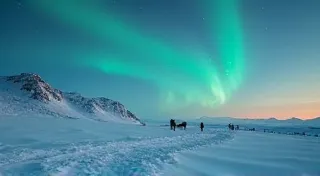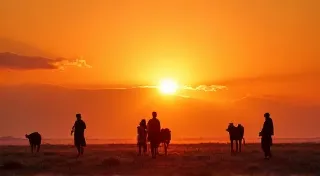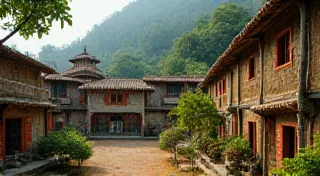Folktales of Madagascar: Vampires, Forest Spirits, and the Magic of the Island
Madagascar, an island nation teeming with unique biodiversity, boasts an equally vibrant and distinctive storytelling tradition. Separated from mainland Africa for millennia, its isolation has fostered a rich tapestry of oral traditions, reflecting the island's complex history, relationship with nature, and deep respect for ancestors. These stories, passed down through generations, weave together elements of African, Austronesian, and other influences, creating a captivating folklore unlike any other. In many ways, the importance of storytelling echoes that found in cultures worldwide, from the powerful narratives of West African Griots, who serve as keepers of history and tradition, to the sagas of distant lands.
The Shadow of the Famadihana: Tales of the Living Dead
Perhaps the most striking and internationally recognized aspect of Malagasy folklore revolves around the famadihana, or “the turning of the bones.” This ancestral reburial ceremony isn't morbid; it’s a joyous occasion where families exhume the remains of their ancestors, rewrap them in fresh shrouds, and dance with the bodies to music. Tales associated with the famadihana often feature lokomba, spirits of the dead, who can be benevolent or malevolent, depending on how the living honor them. Stories warn of the consequences of neglecting ancestral duties, emphasizing the importance of maintaining a strong connection with the deceased. The concept of honoring ancestors and the profound connection to the deceased is a recurring theme in storytelling across the globe; one might find similar echoes in the narratives of the Maasai people and their traditions - a culture deeply rooted in oral storytelling, much like Madagascar.
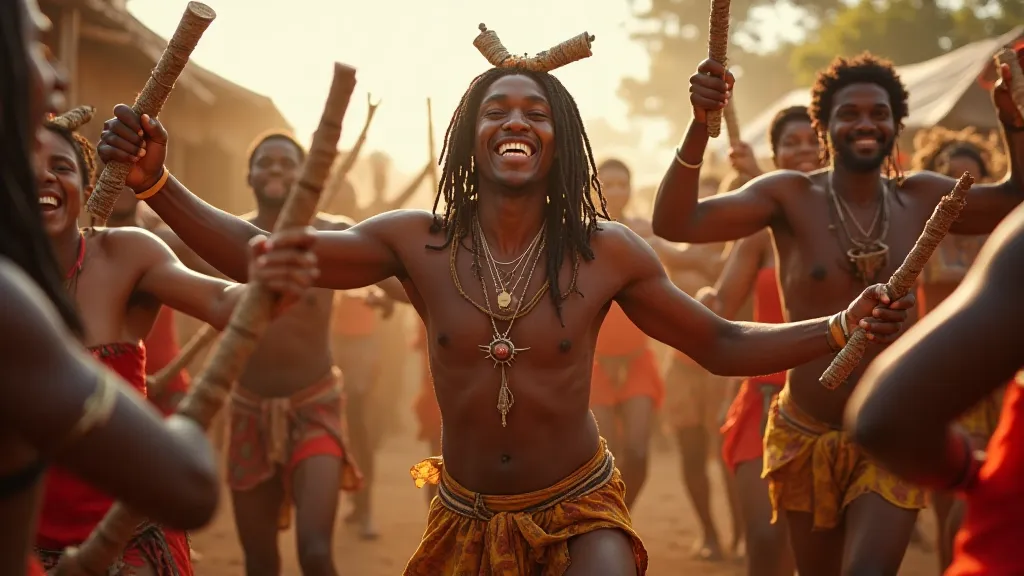
These narratives aren't simply ghost stories; they're deeply intertwined with social structures and beliefs about the afterlife. The lokomba aren't always fearsome monsters; they can be guardians, advisors, or even mischievous tricksters. Respect for ancestors is paramount, and the stories serve as constant reminders of that obligation. Furthermore, the traditions surrounding death and remembrance are frequently accompanied by storytelling – an art form used to process grief, celebrate lives, and transmit cultural values. Similar practices are found in many cultures, highlighting the universality of the human need to find meaning in loss and connect with those who have passed.
Guardians of the Forest: The World of Akory and Other Spirits
Beyond the realm of the ancestors, Madagascar is imbued with a pervasive sense of spirit presence. The island's lush forests, teeming with unusual flora and fauna, are populated by a host of akory – spirits who govern the natural world. These spirits are not always easily understood; some are protective, ensuring the well-being of the forest and its inhabitants, while others can be capricious and dangerous. Storytellers often portray encounters with these spirits, serving as cautionary tales about respecting the power of nature and adhering to traditional customs. The relationship between humans and the natural world is a central theme, a motif that finds resonance in countless cultures - from the raw beauty and mythical creatures found in the folklore of Patagonia to the tales told across continents.
There are specific spirits tied to particular locations, like rivers, mountains, and groves. These spirits often have specific roles and responsibilities, demanding respect and offerings in return for protection and good fortune. The stories emphasize the interconnectedness of humans and the natural world, highlighting the delicate balance that must be maintained. The need to respect natural forces and spirits is not unique to Madagascar; countless cultures around the world have similar beliefs, recognizing the power and importance of the environment. The connection is so profound that it shapes values, behaviors, and the very fabric of society, much like the enduring landscapes and legendary creatures that populate the stories from Patagonia.
Magic and Transformation: The Everyday Wonder of Malagasy Folklore
Magic isn't a separate domain in Malagasy folklore; it’s seamlessly woven into everyday life. Stories often feature characters who possess extraordinary powers, capable of transforming into animals, controlling the elements, or communicating with spirits. These narratives aren't always about grand feats of heroism; they frequently illustrate the subtle ways in which magic influences the lives of ordinary people. For example, a skilled healer might use traditional remedies derived from forest plants, and their ability might be attributed to a connection with the spirit world. The blurring of lines between the mundane and the magical is a common thread in folklore across the globe, illustrating a belief that the world is full of hidden forces and possibilities.
The themes of resilience, adaptation, and a deep understanding of the environment are recurrent in these stories. They reflect the practical knowledge passed down through generations – knowledge of which plants are edible, how to predict the weather, and how to navigate the complex social and spiritual landscape of the island. The stories are a vital part of cultural heritage, preserving traditions and values that have shaped Malagasy society for centuries. This transmission of knowledge, skills and beliefs through storytelling is key to survival and cultural continuity – a practice echoed in countless communities around the world.
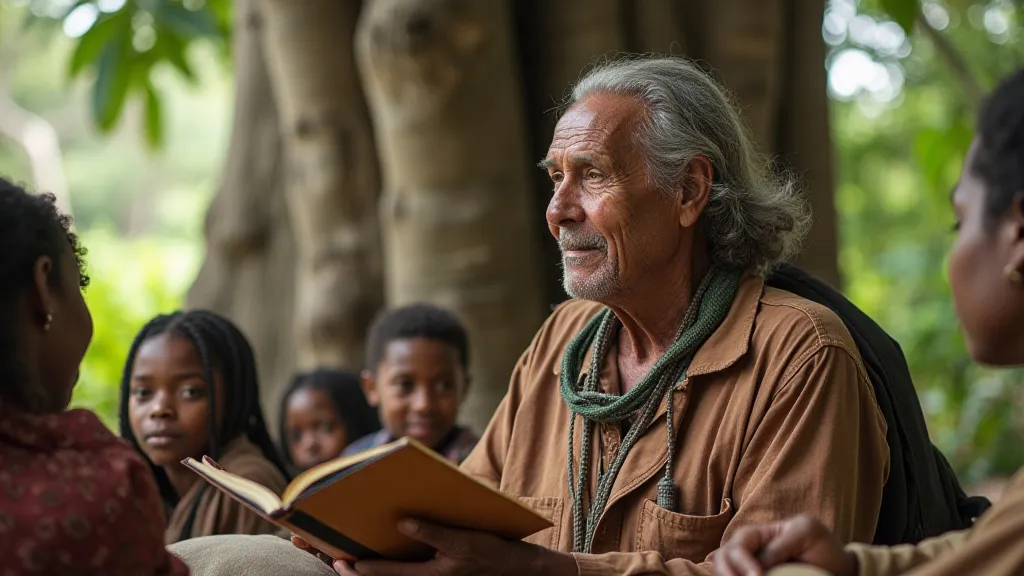
The power of storytelling isn's solely confined to entertainment. It acts as a bridge connecting generations, imparting wisdom and values—the very foundations of a culture. Often, the most impactful lessons are taught through narratives, as they engage the imagination and resonate on a deeper emotional level. Examining folklore provides insight into not only the beliefs and values of a society, but also the challenges it has faced and the strategies it has developed to overcome them. These stories, imbued with cultural significance, act as guides, providing lessons and shaping behavior—all within a captivating and memorable format.
Moreover, the art of storytelling itself carries intrinsic value. The rhythmic cadence of a voice, the gestures and expressions of a performer—these elements contribute to the overall experience, creating a shared moment of connection and understanding. The power of oral tradition extends beyond the simple transmission of information; it involves the creation of a community, a shared experience that strengthens bonds and celebrates heritage.
The Enduring Power of Oral Tradition
Despite the influence of modern media and globalization, oral storytelling traditions in Madagascar remain vibrant. While some stories have been written down, the true power of these narratives lies in their performance – in the intonation of the storyteller’s voice, the rhythm of the music, and the shared experience of the audience. These are not just stories; they are living embodiments of Malagasy culture, constantly evolving and adapting to reflect the changing world while preserving the enduring wisdom of the ancestors. The preservation of oral traditions requires a dedicated effort to ensure that they are passed on to future generations. The loss of these traditions would represent a significant blow to the cultural heritage of Madagascar, stripping away a vital link to its past and diminishing its unique identity.
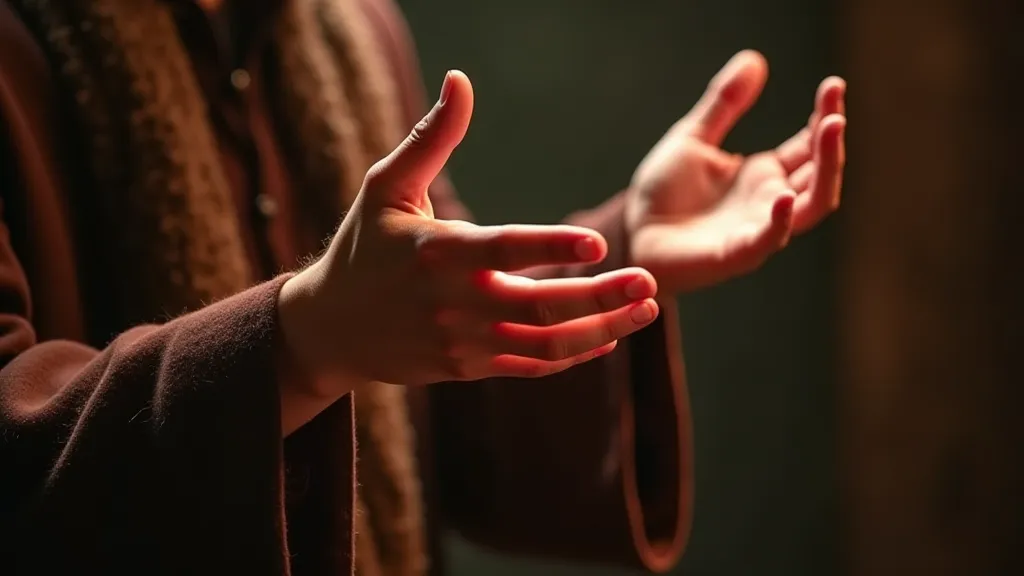
The role of the storyteller is critical in this process, acting as a custodian of culture and a bridge between the past and the present. These individuals are often revered within their communities, acting as living libraries and repositories of ancestral knowledge. The storytelling traditions of Madagascar share a similar value to those upheld by the Oral Traditions of the Maasai People, who have long cherished their stories of warriors and cattle.
As the world continues to evolve, it is essential to recognize the importance of safeguarding these oral traditions. This requires a multi-faceted approach, including documentation, promotion, and, most importantly, continued support for the storytellers themselves. Only through concerted effort can we ensure that the magic and wisdom of Malagasy folklore continue to inspire and enrich the lives of generations to come. The stories provide lessons about responsibility, respect, and resilience that are valuable lessons for people of all ages and backgrounds – a timeless contribution to the collective human narrative.


